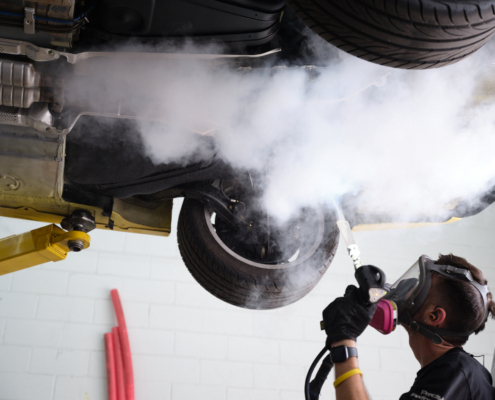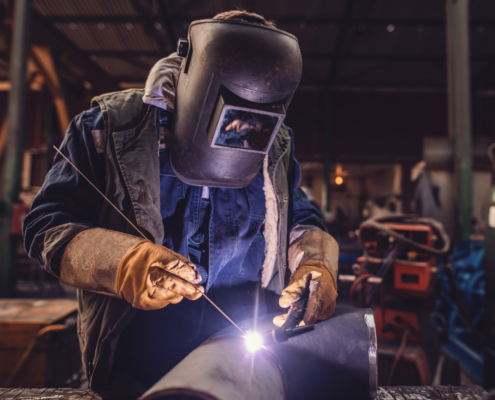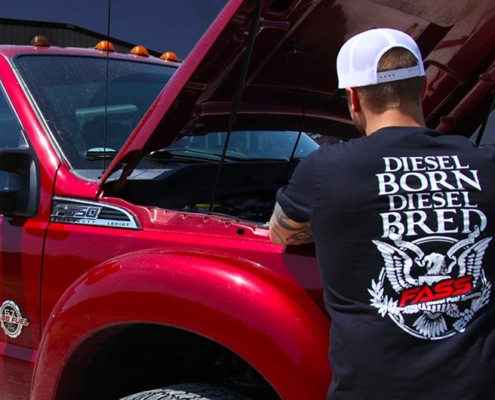How Cobots and Robotic Welding Are Overcoming the Welder Shortage
In the world of manufacturing and fabrication, welding is a fundamental process. Skilled welders are essential for creating strong and precise welds, ensuring the structural integrity of various products. However, the manufacturing industry has faced a critical challenge over the years: a shortage of skilled welders. To address this issue, many businesses are turning to cobots (collaborative robots) and robotic welding solutions.
In this blog, we’ll explore what cobots and robotic welding are, how they work, and their benefits in overcoming the welder shortage.






